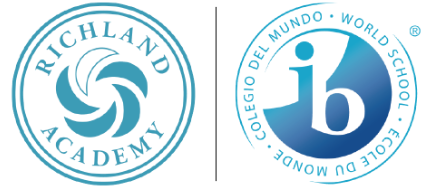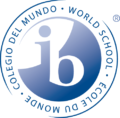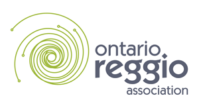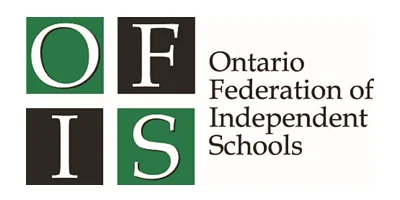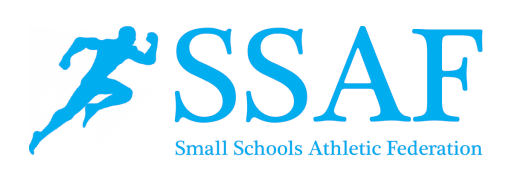 I was most inspired from a posting on Pinterest entitled, “How We Express Ourselves: A Kindergarten Inquiry” where a Reggio inspired PYP teacher shared her work with her children. They explored “The Hundred Languages of Children” poem written by Loris Malaguzzi, who “influenced practitioners all over the world and has encouraged teachers of young children to listen carefully to children’s many languages.”
I was most inspired from a posting on Pinterest entitled, “How We Express Ourselves: A Kindergarten Inquiry” where a Reggio inspired PYP teacher shared her work with her children. They explored “The Hundred Languages of Children” poem written by Loris Malaguzzi, who “influenced practitioners all over the world and has encouraged teachers of young children to listen carefully to children’s many languages.” As I read the posting, I began to think and reflect about how the children here in JK at Richland would perceive, think and understand the words of Malaguzzi. I was curious and engaged to present these questions to our JK children. I was eager to read the poem, these most famous words to the children. If you are not familiar with Malaguzzi’s work, it is posted as inspiration.
As I read the posting, I began to think and reflect about how the children here in JK at Richland would perceive, think and understand the words of Malaguzzi. I was curious and engaged to present these questions to our JK children. I was eager to read the poem, these most famous words to the children. If you are not familiar with Malaguzzi’s work, it is posted as inspiration.
The Hundred Languages of Children
The child
is made of one hundred.
The child has
A hundred languages
A hundred hands
A hundred thoughts
A hundred ways of thinking
Of playing, of speaking.
A hundred always a hundred
Ways of listening of marveling of loving
A hundred joys
For singing and understanding
A hundred worlds
To discover
A hundred worlds
To invent
A hundred worlds
To dream
The child has
A hundred languages
(and a hundred hundred hundred more)
But they steal ninety-nine.
The school and the culture
Separate the head from the body.
They tell the child;
To think without hands
To do without head
To listen and not to speak
To understand without joy
To love and to marvel
Only at Easter and Christmas
They tell the child:
To discover the world already there
And of the hundred
They steal ninety-nine.
They tell the child:
That work and play
Reality and fantasy
Science and imagination
Sky and earth
Reason and dream
Are things
That do not belong together
And thus they tell the child
That the hundred is not there
The child says: NO WAY the hundred is there.
Loris Malaguzzi
Founder of the Reggio Approach
 My first question to the JK children was thus: “What does The Hundred Languages of Children mean to you? What do you think of when you hear the words?”
My first question to the JK children was thus: “What does The Hundred Languages of Children mean to you? What do you think of when you hear the words?”
- Their ideas and thoughts began to flow forth.
- “It means talking.”
- “Did you know that children in different countries speak different languages?”
- “There are 100 people and 100 people and more 100 people in different countries.”
- “Some people speak different languages. I speak four languages.”
- “I think of numbers when I hear 100.”
- “My Grandma speaks English and Italian. She has different languages.”
 As we explored further and deeper, another question was offered to the children:
As we explored further and deeper, another question was offered to the children:
“A hundred languages….How do children show the ‘100 languages’?”
The JK boys and girls had much to express and share, as many of the children showed me quite clearly that, “I am thinking very hard about this.” What the children’s first thoughts were and their ideas about ‘how’ children would make the ‘learning visible’ became interconnected, as they expressed and co-constructed their ideas.
- “Imagination”
- “Counting”
- “Thoughts”
- “Play”
- “Drawing”
- “Painting”
- “Colouring”
- “Sketching”
- “Words”
- “Pictures”
- “Photographs”
- “Nature”
- “Helping hands”
- “Art”
- “Cooking and eating”
- “Making things”
- “Building”
- “Plasticine”
 What this tells us, is that children think deeply about their learning, how they wish to represent their learning, and the great importance that they give to making their learning visible to the community. Reflecting and sharing with a colleague, Mrs. D., we considered and envisaged what the children’s words were telling us.
What this tells us, is that children think deeply about their learning, how they wish to represent their learning, and the great importance that they give to making their learning visible to the community. Reflecting and sharing with a colleague, Mrs. D., we considered and envisaged what the children’s words were telling us.
 “The children’s words are leading the way, and showing, and telling us, what they need in their environment to learn. They are telling us the best way for themselves as children to learn, as opposed to the best way we feel as adults, that they should learn. From their words, we see how important it is to provide rich materials and experiences using their ideas to guide us.” (Mrs. D.)
“The children’s words are leading the way, and showing, and telling us, what they need in their environment to learn. They are telling us the best way for themselves as children to learn, as opposed to the best way we feel as adults, that they should learn. From their words, we see how important it is to provide rich materials and experiences using their ideas to guide us.” (Mrs. D.)
 It is important to explicitly ask children to share their knowledge and their questions. They need to know that we want to know their questions and want to hear what they have to say. They need to know that they can wonder out loud and that we will give each voice importance.
It is important to explicitly ask children to share their knowledge and their questions. They need to know that we want to know their questions and want to hear what they have to say. They need to know that they can wonder out loud and that we will give each voice importance. “Childhood is filled with natural wonder and curiosity. The learning environment must reflect a classroom and outdoor space that inspires a sense of wanting to investigate, to find out and to explore.” (Kathy Walker)
“Childhood is filled with natural wonder and curiosity. The learning environment must reflect a classroom and outdoor space that inspires a sense of wanting to investigate, to find out and to explore.” (Kathy Walker) I am intrigued to revisit and reflect further with the JK children to understand more deeply. I am charmed by the rich conversations that have begun, that surround the understanding that JK have of ‘The Hundred Languages.” I am reminded that children have a hundred languages and a hundred, and a hundred more. It is our responsibility and our commitment to honour the children’s words, to enable them to uncover the endless possibilities.
I am intrigued to revisit and reflect further with the JK children to understand more deeply. I am charmed by the rich conversations that have begun, that surround the understanding that JK have of ‘The Hundred Languages.” I am reminded that children have a hundred languages and a hundred, and a hundred more. It is our responsibility and our commitment to honour the children’s words, to enable them to uncover the endless possibilities. We invite our readers to post their suggestions of a ‘language’ that you can think of, to show what you or your child knows about ‘The Hundred Languages of Children.’
We invite our readers to post their suggestions of a ‘language’ that you can think of, to show what you or your child knows about ‘The Hundred Languages of Children.’

